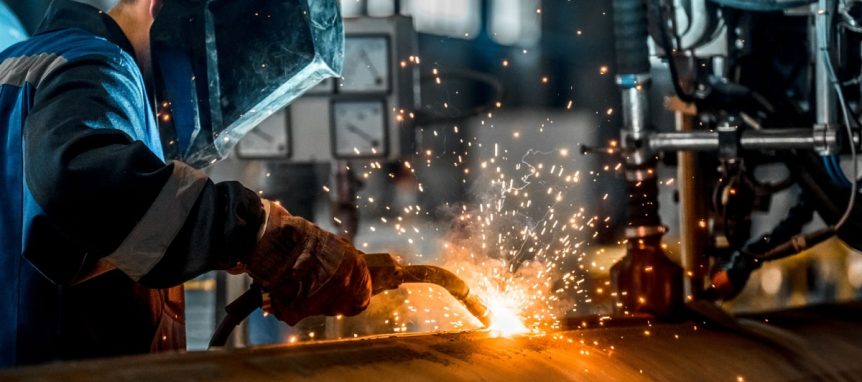In the world of metal fabrication, precision is more than a luxury—it’s a necessity. From structural components to custom machinery, accuracy directly impacts performance, safety, and long-term durability. One of the most critical stages in any fabrication workflow is cutting, and advances in cutting technologies have revolutionized how manufacturers meet tight tolerances and deliver consistent results.
Modern precision cutting doesn’t just produce cleaner edges—it forms the foundation for efficient fabrication, minimized waste, and improved fit-up in downstream processes like welding, assembly, and coating. Let’s take a closer look at how precision cutting technologies contribute to accuracy and why they’re indispensable in today’s fabrication industry.
The Importance of Precision in Cutting
At the start of any fabrication project, raw material must be cut into specific shapes and sizes before other processes can begin. If cuts are even slightly off, everything that follows—holes, bends, welds—becomes more difficult and less reliable. Poorly cut components can create alignment problems, increase rework, and result in structural deficiencies.
By contrast, precise cuts enable tighter tolerances, better part-to-part consistency, and easier assembly. They also reduce the need for manual touch-ups or secondary processing, allowing projects to move forward more efficiently.
Common Precision Cutting Methods
Several cutting technologies are now widely used in metal fabrication, each offering varying levels of precision, speed, and material compatibility.
Laser Cutting
Laser cutting uses a focused beam of light to melt, burn, or vaporize metal, producing highly accurate and clean cuts. It’s ideal for thin to medium-thickness sheet metals and can hold extremely tight tolerances, often within a fraction of a millimeter. Laser cutters also excel at creating intricate shapes and small holes with smooth edges.
Plasma Cutting
Plasma cutting utilizes a high-velocity jet of ionized gas to melt and cut through electrically conductive materials. It’s generally faster than laser cutting for thicker materials and is well-suited for cutting steel, stainless steel, and aluminum. While plasma cutting may not reach the same fine detail as laser cutting, modern CNC plasma systems still offer impressive precision.
Waterjet Cutting
Waterjet systems use a high-pressure stream of water—often mixed with abrasive particles—to cut through metal without generating heat. This cold-cutting method eliminates the risk of heat-affected zones, which can alter the properties of the material. Waterjet cutting is especially beneficial for thick or heat-sensitive metals and delivers excellent accuracy with minimal material distortion.
Benefits of Using Advanced Cutting Technologies
The adoption of advanced cutting methods offers far-reaching benefits across fabrication projects of all sizes.
Improved Consistency: CNC-controlled systems ensure that every part is identical to the design specifications, eliminating variations that can accumulate during manual processes.
Reduced Waste: Tighter nesting of parts and precise cutting paths minimize scrap material and reduce costs associated with rework or excess inventory.
Faster Production Times: Automated cutting systems significantly reduce labor time and accelerate throughput, helping fabrication shops stay on schedule even with complex or high-volume orders.
Better Fit-Up for Welding and Assembly: Precisely cut components are easier to align and fit, which is especially important for tight-tolerance assemblies. Clean, straight edges also improve weld quality and reduce grinding or reshaping.
Greater Flexibility: With the ability to switch between metals, thicknesses, and designs with minimal setup time, modern cutting systems offer the versatility needed for custom and production work alike.
Why It Matters for Your Project
Whether you’re building support structures, machinery enclosures, or industrial components, fabrication success begins with accurate cuts. Mistakes at this early stage can cause cascading issues, from misaligned welds to compromised integrity. Precision cutting minimizes these risks and ensures that every part performs as intended—especially in critical or load-bearing applications.
For companies seeking durability, reliability, and efficiency in their projects, partnering with a metal fabrication team that prioritizes cutting precision isn’t optional—it’s essential.
Precision Starts with the Right Fabrication Partner
At Sizemore Welding, precision cutting is integrated into every step of the fabrication process. Our facility is equipped with the tools and expertise necessary to deliver clean, consistent results on even the most demanding projects. From initial cuts to final assembly, we ensure accuracy that drives performance, safety, and long-term value.
To learn more about our cutting capabilities or discuss your next project, contact Sizemore Welding today.

